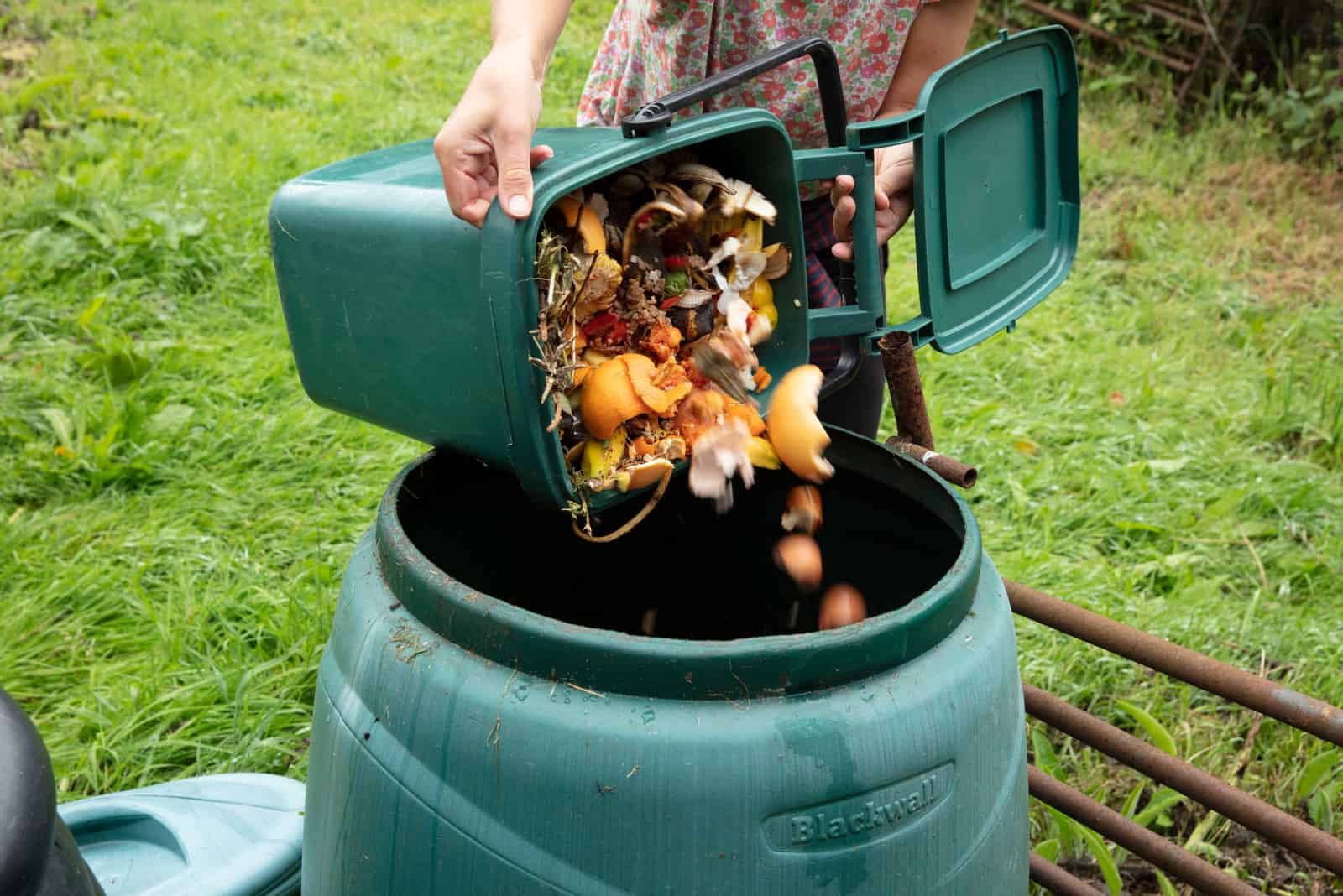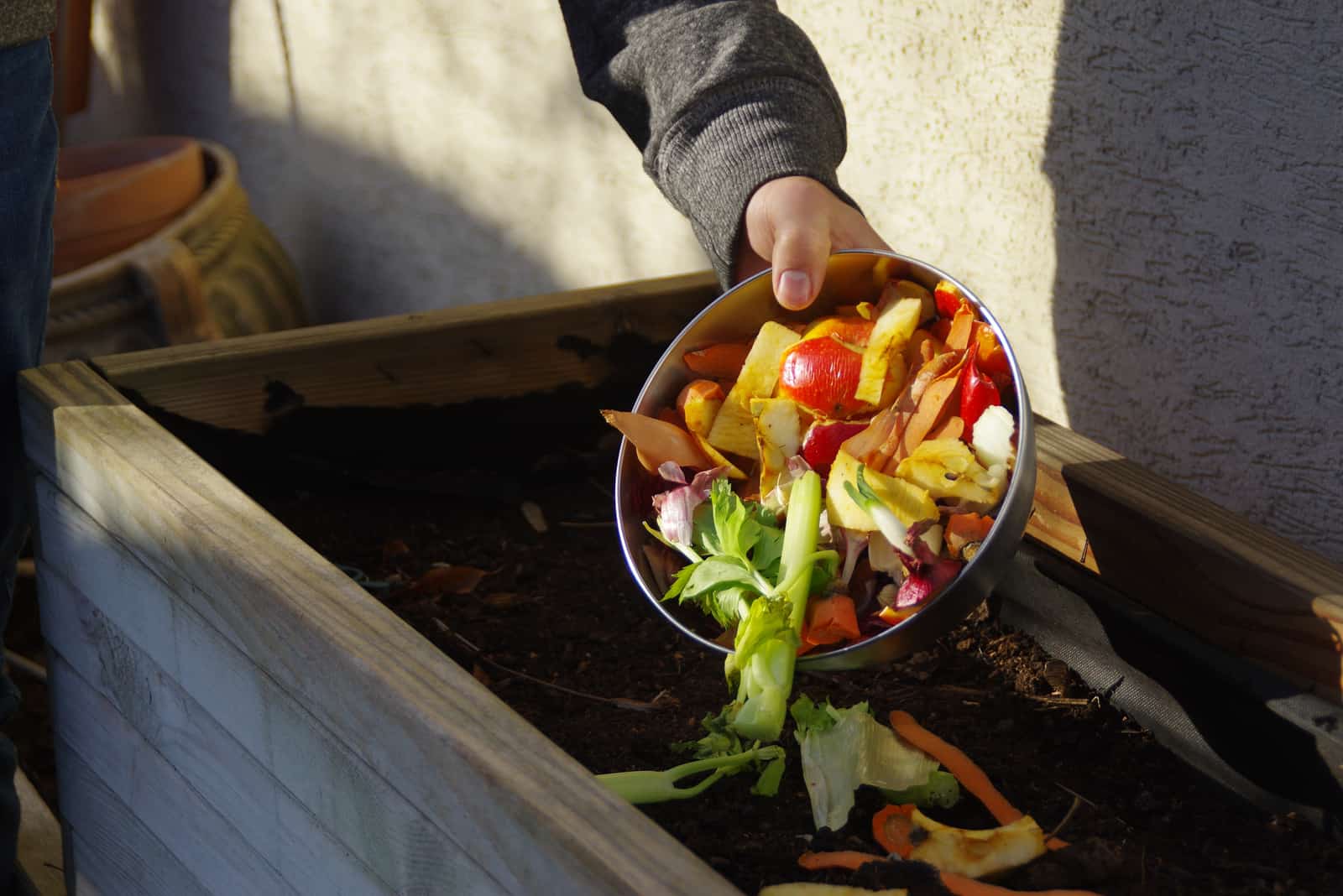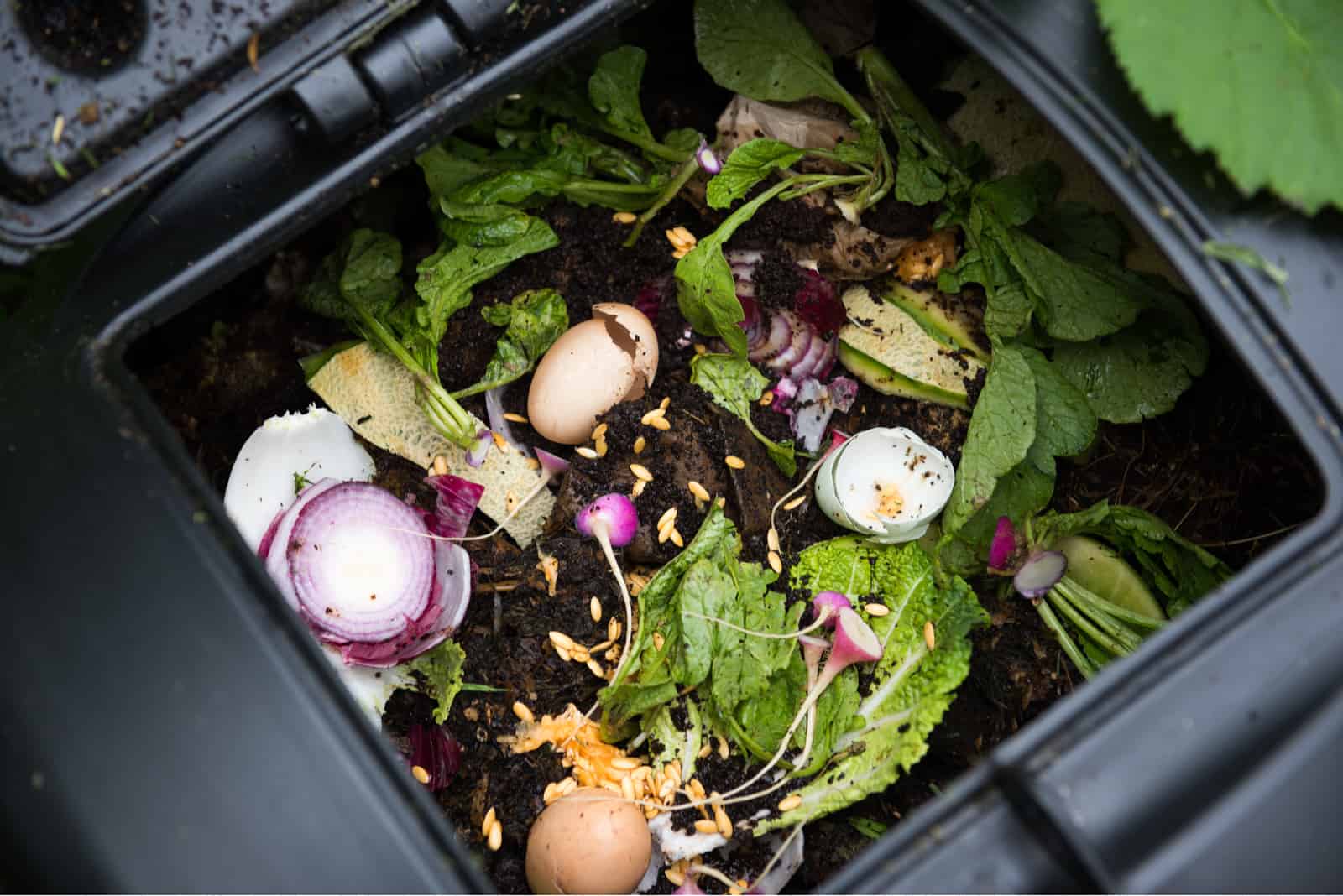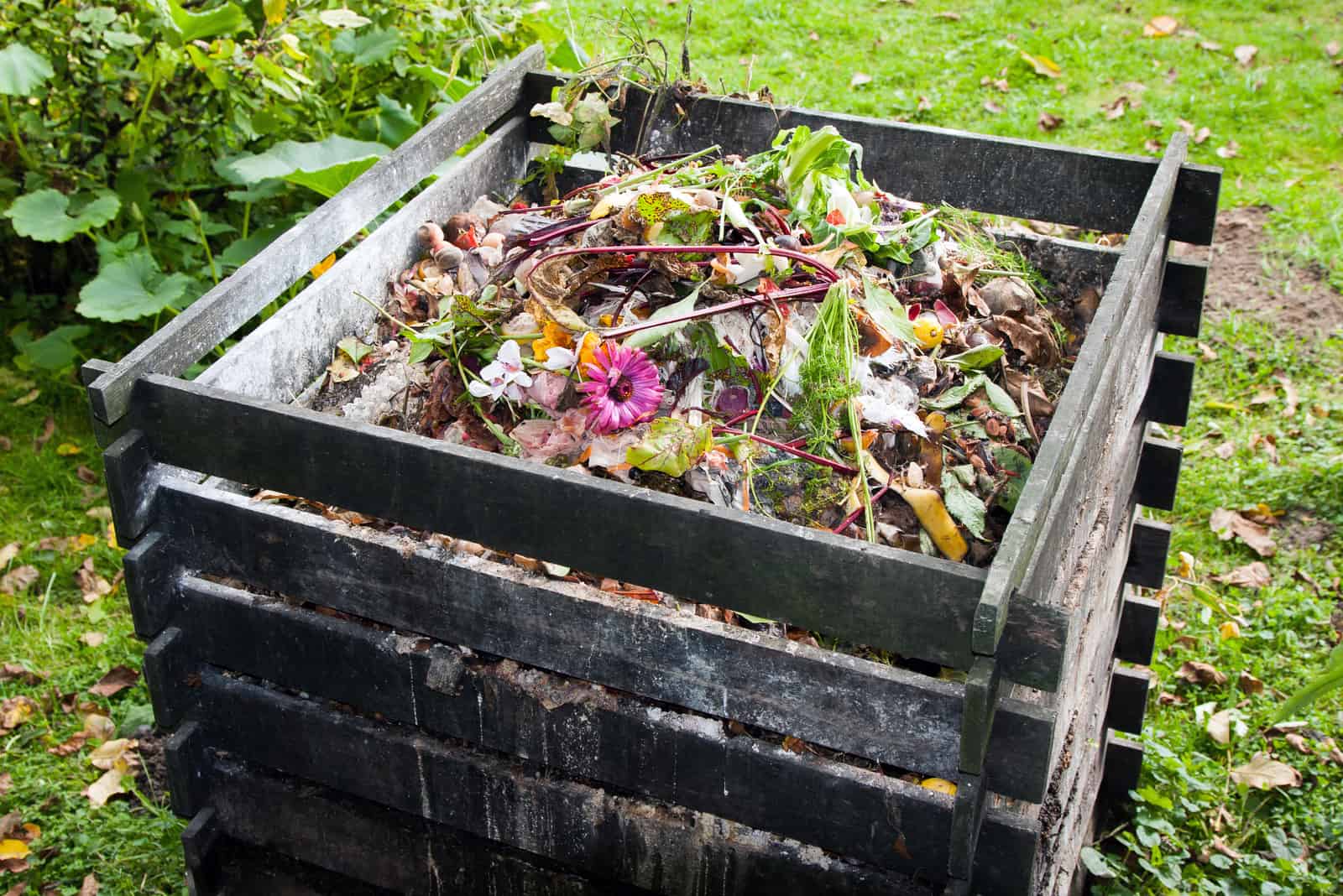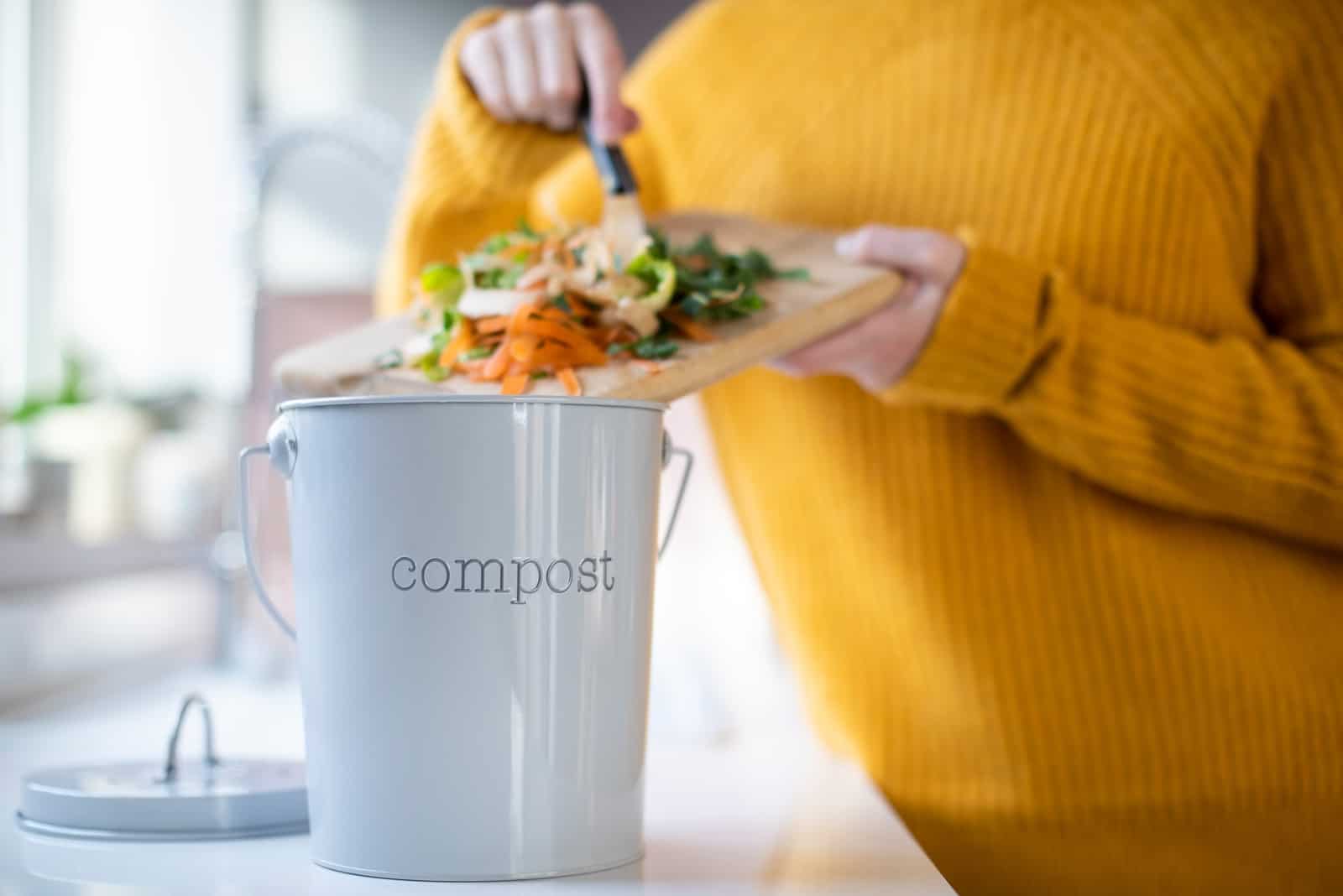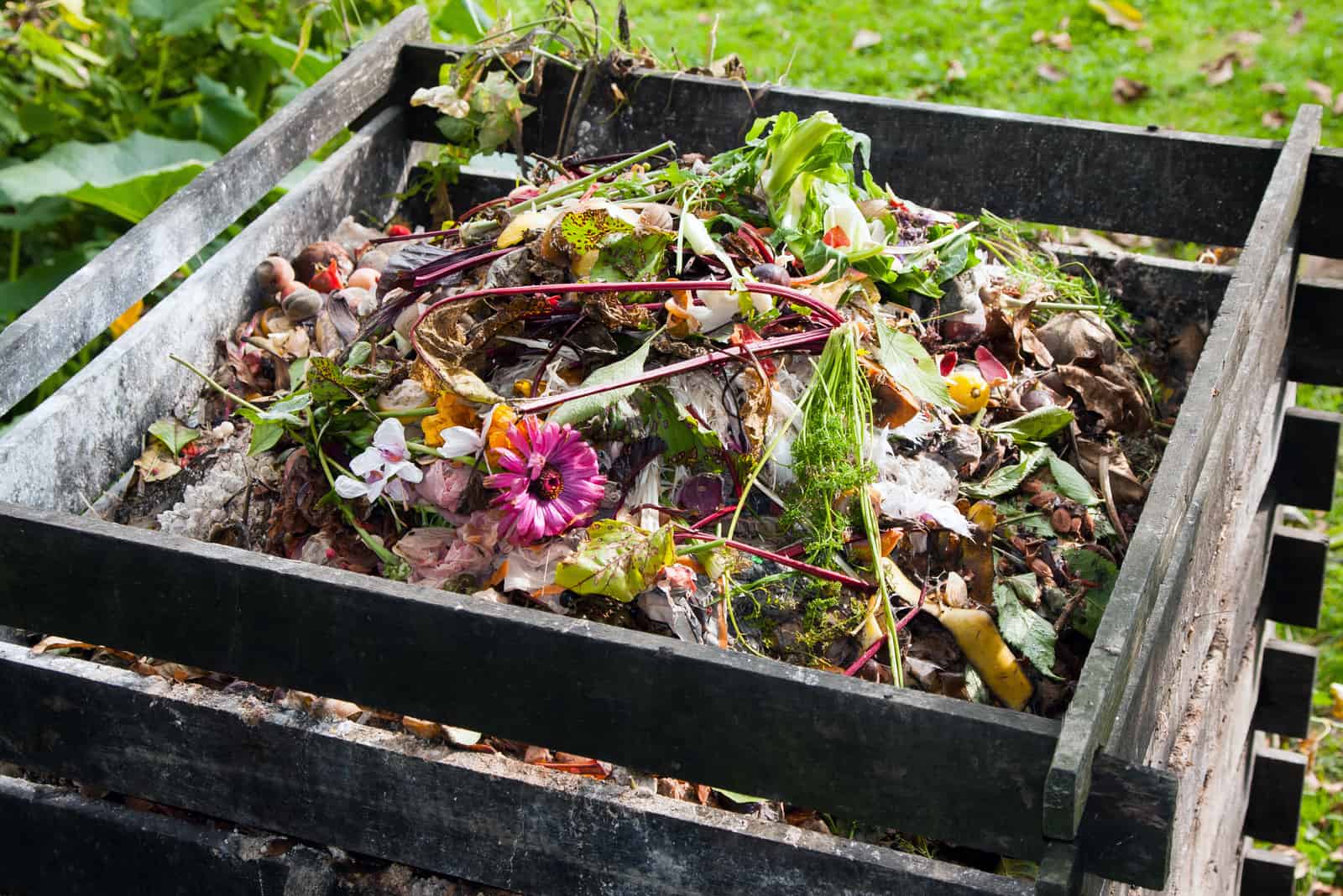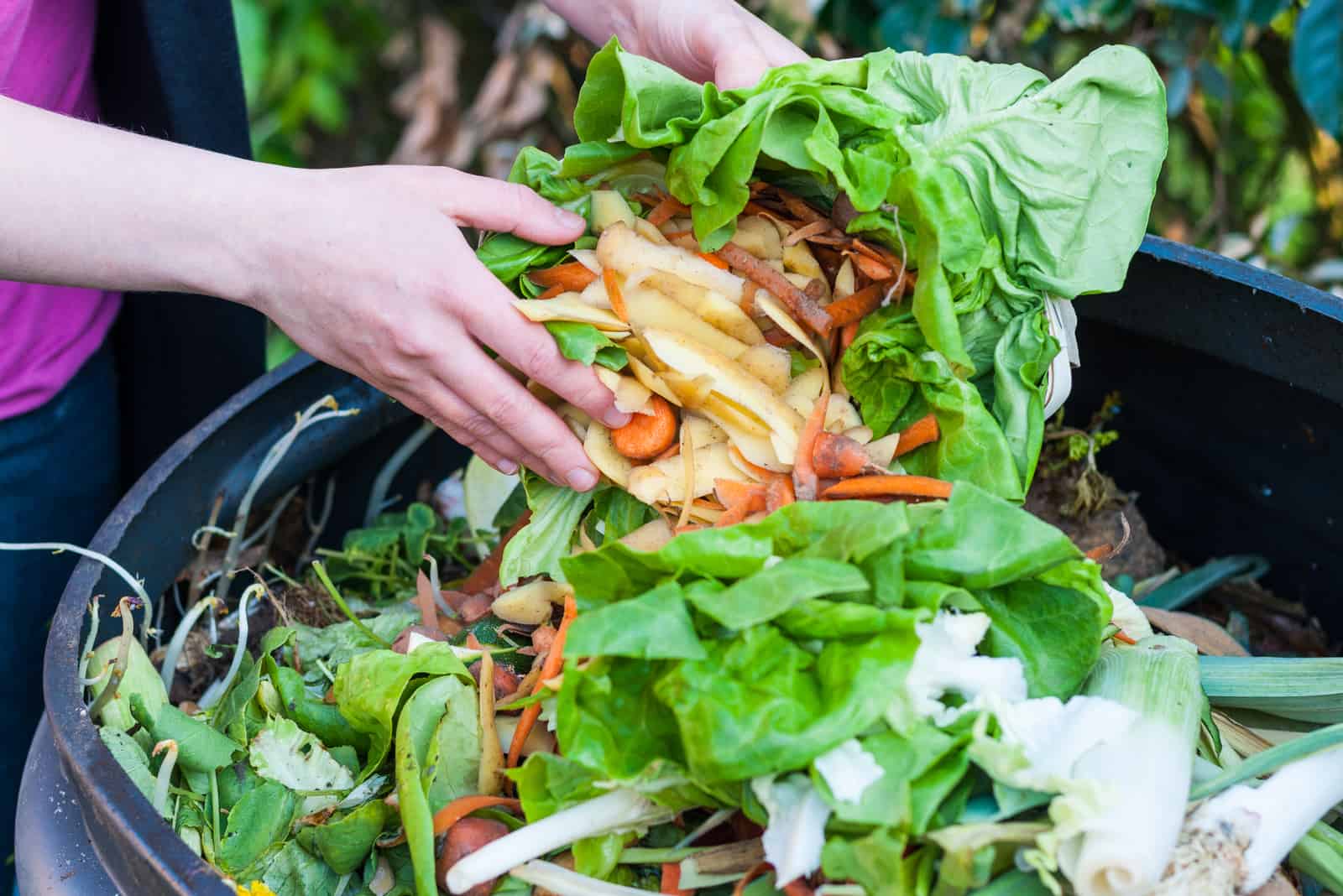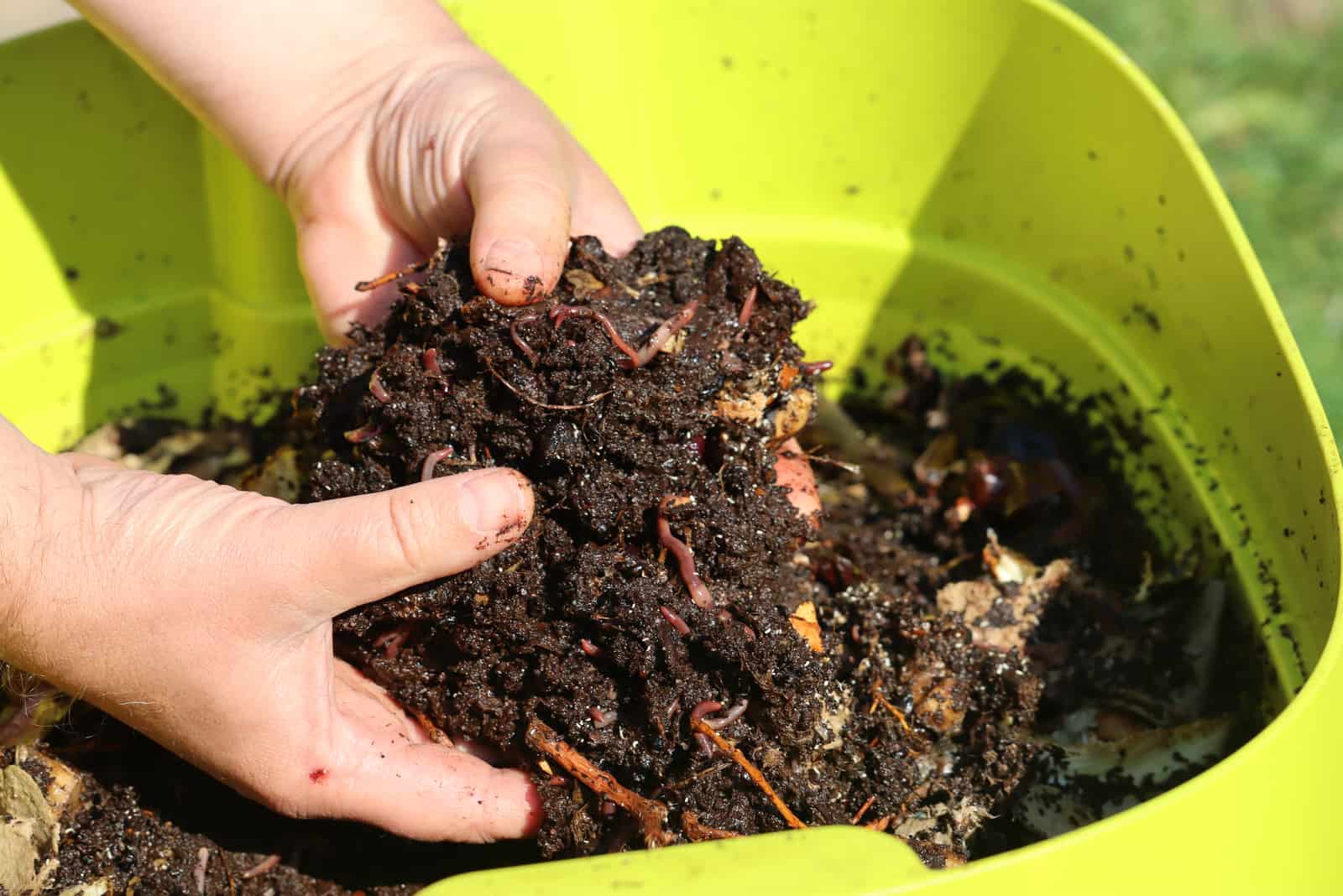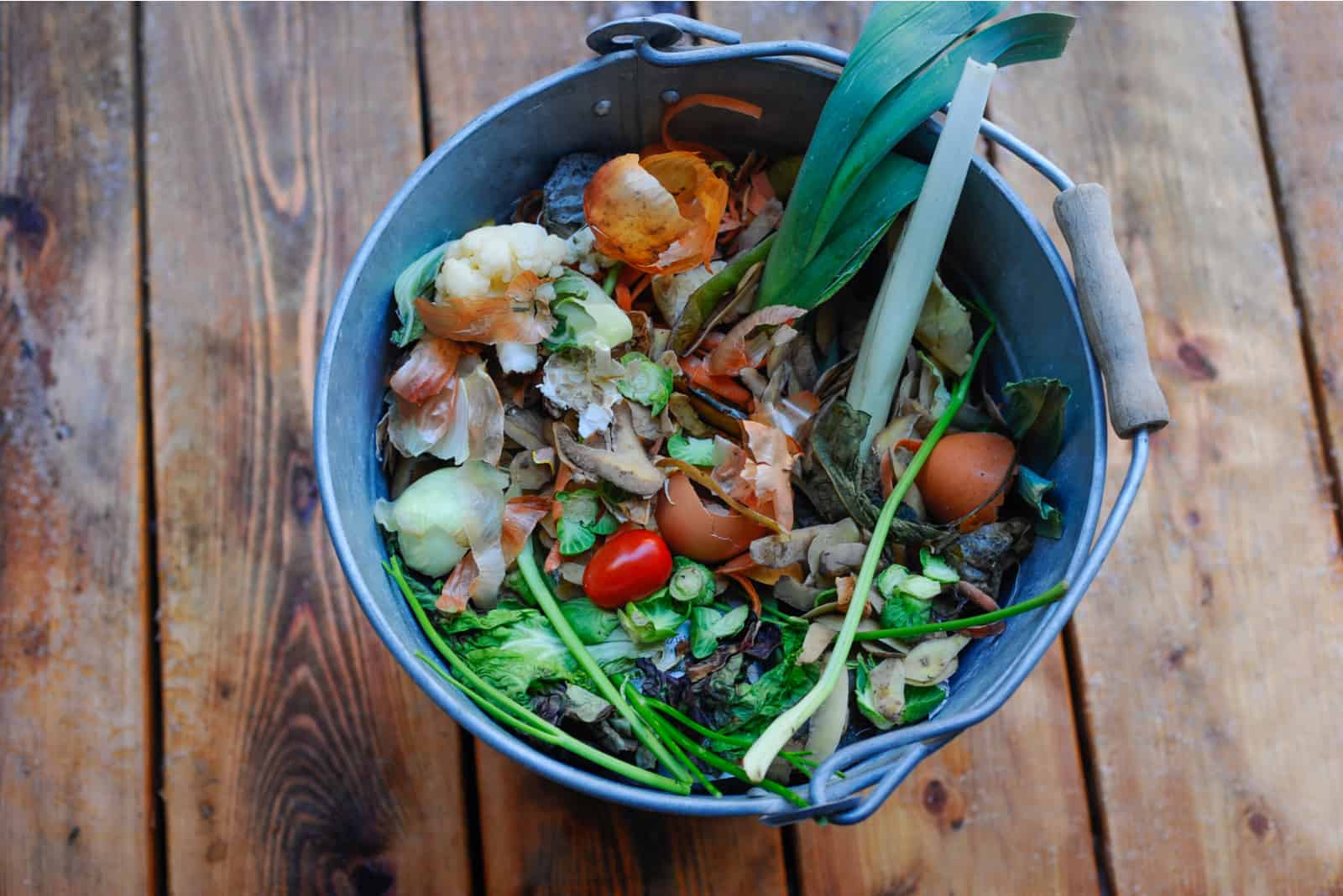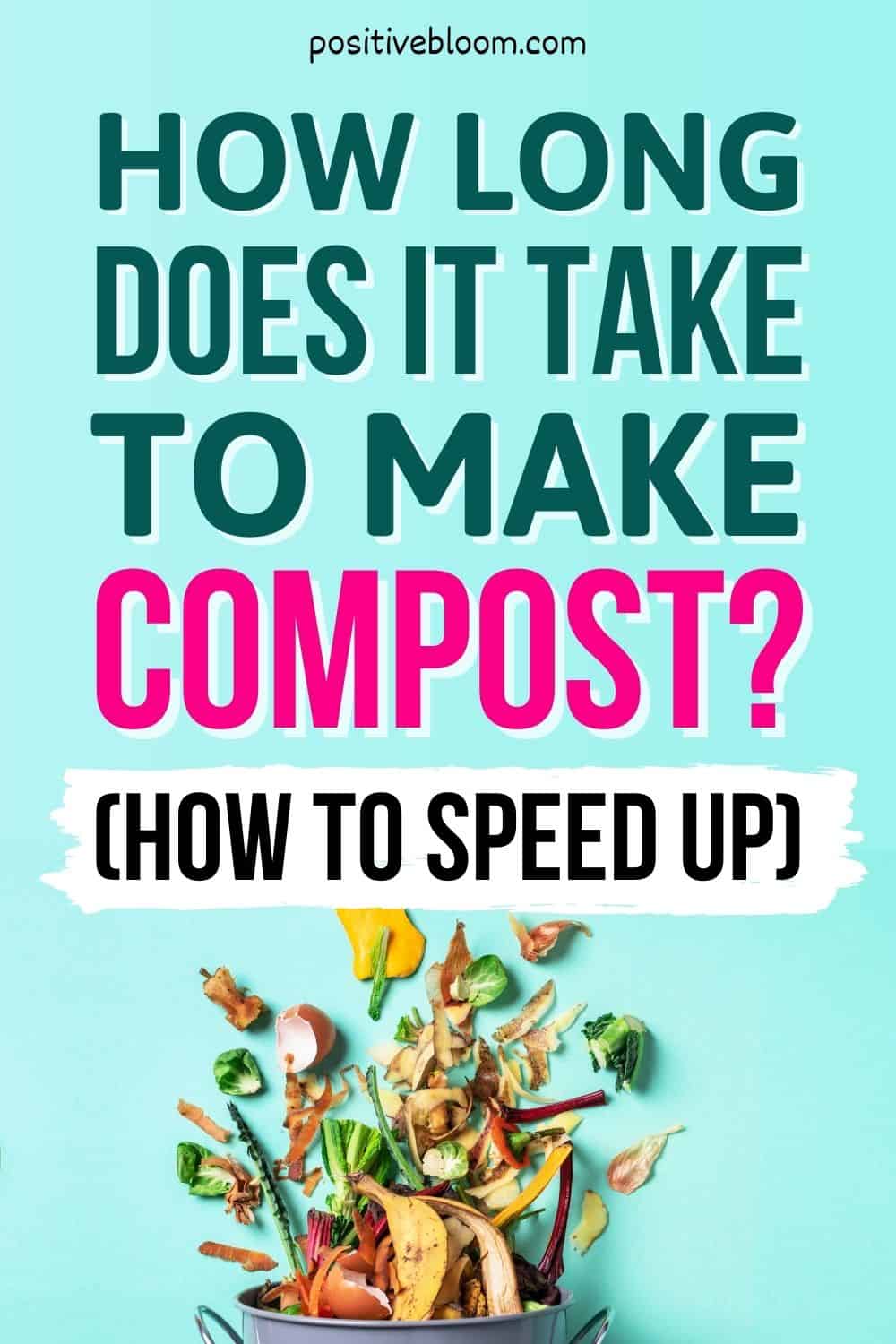Positive Bloom is an Amazon Associate and we earn from qualifying purchases through these links at no extra cost to you.
I was a beginner home gardener when I first found out about compost. I thought it was easier to buy it, but then I heard experienced gardeners calling it “black gold”.
Why would anyone call a pile of dirt black gold?!
I was very curious, so I did some research and immediately saw the benefits of homemade compost because of its amazing nutritional value.
I tried to make my own compost soon after, and now I want to share my experience and answer the common question: how long does it take to make compost?
On top of that, I’ll also give you some tips to help you make it even faster.
The time it takes to make compost depends on several factors.
So check out my handy guide to the composting process, where you’ll find everything you need to know about compost so you can make your own black gold.
Let’s get started.
How Long Does It Take To Make Compost?
Before we work out how long does it take to make compost, we must first differentiate two terms related to composting: Hot and cold composting.
Hot composting includes heat (with many other factors), and takes approximately three weeks to make.
On the other hand, cold composting doesn’t require much heat, but the process can last from six to twelve months.
We will concentrate more on hot composting in this article because I’m sure you want to have your own compost as soon as possible.
Now we know how long does it take to make compost, let’s get into details.
The Factors That Influence The Composting Rate
As we already mentioned, a lot of factors influence the rate of composting. To make good compost and make compost faster, you must follow the guide below.
Compost Bin (The Bigger – The Better)
Size definitely matters when it comes to compost bins! An enormous container will definitely be more productive.
Why is that? Simply, a larger container will retain heat for longer. If the temperature within a compost bin is higher, the ingredients will break down faster.
Unfortunately, not everyone has space for larger containers, but there is also a solution. Choose a container that fits the space intended for it and place the bin in direct sunlight. This way you can add more ingredients to the compost heap.
Which Season Is Best To Start Making Compost?
The season is another factor that will affect the decomposition rate.
For example, if you start making compost during fall and keep filling it during winter, it will decompose slower.
If you make the compost during fall, don’t mix the ingredients when filling the bin as it will slow down the composting process even more.
Heat will help the microorganisms do their work and speed up the process of decomposing.
The Mixture of Ingredients
To be honest, this applies to every single thing I do for home gardening. Just a reminder, the ingredients don’t need to be expensive, but rather of high quality.
When it comes to composting, three groups of materials matter the most. Green and brown materials should definitely be used, and there is one group of ingredients that you should avoid.
Good compost needs nitrogen and carbon. Brown materials will produce carbon – cardboard will add bulk and food for organisms.
On the other hand, green materials produce nitrogen; for example, vegetable peelings will accelerate the multiplication of organisms and heat the compost pile.
Each ingredient breaks down at a different speed, so equal layers of green and brown materials will speed up the composting process.
Let’s go into more detail.
Brown Materials
Dried leaves and pine needles are both materials that compost quickly, as do small wooden branches.
Shredded paper and cardboard are also an excellent option. You should know that the decomposition rate is slower in this case.
To speed up the decomposition of these two materials, tear or shred them up as much as you can.
This applies to other ingredients: the smaller they are, the faster the composting rate.
Just a reminder, most birthday cards, catalogs, fliers, and wrapping paper are made of laminated materials that can’t decompose.
Green Materials
Don’t throw away any kitchen scraps, as they will make a great addition to the compost pile.
Here’s a list of great kitchen scraps that can be used as compost material:
• Food scraps such as uncooked veggies and fruits (peelings also)
• Teabags
• Coffee grounds
• Eggshells
• Herbs and spices
• Old wines
There are other green materials that can be used, such as grass clippings. There is one catch with grass clippings: the layer shouldn’t be more than 20 cm thick or it will take forever to break down.
Garden waste like leafy veggies can also be used, but only if there aren’t any herbicides.
Combining 1 part green materials and 3 parts brown materials will make a 30:1 carbon and nitrogen ratio.
Avoid These Materials
You can’t expect finished compost in a short period if you use certain ingredients.
Let’s start with cooked foods.
Don’t use cooked food as it is an excellent source for overly wet mulch. Also, cooked food has an unpleasant smell when added to homemade compost. This smell will often attract many pests, which will make all your efforts pointless.
Some other organic materials can affect the beneficial microbes in the compost pile. These materials include meat and dairy products, as well as avocado and fruit stones.
The worst material to add to a compost pile is diseased plants.
Pet droppings and coal ash are not something you want in DIY compost, neither are certain inorganic materials like metals, plastics, or glass.
To conclude, any material that could possibly contain herbicides or pesticides should be avoided.
It Appreciates Warmer Conditions
Warmer seasons and a compost pile go hand in hand. Of course, spring is also helpful.
The higher temperatures during these two seasons will help maintain heat in the compost pile.
All beneficial bacteria and microbes will be harder to maintain during fall and winter.
Don’t worry, there is also a solution to that.
If you decide to make compost during colder seasons, use a plastic bin instead of a wooden one. Plastics will help the compost pile maintain heat.
During winter, some other materials can be added to keep warmth, such as layers of:
• Sawdust
• Straw
• Shredded cardboard.
Pay attention to the moisture level within the compost pile. Even though it requires a higher moisture level, it should never be kept waterlogged for an extended period.
There is one more thing that can help your compost. Add an old carpet as it will serve as protection from the rain.
It Should Breathe
Microbes essential for a good compost need oxygen. To ensure that they get enough oxygen, you can turn the compost pile every week.
The easiest way to ensure the compost gets the oxygen microbes it needs is with a compost aerator.
The classic way to improve aeration is by stirring the mixture with a pitchfork.
Simply fold the mixture and turn it in.
Don’t throw away any items made of cardboard, like egg cartons and wood chips.
Just tear it up and add it to the compost as it improves aeration.
Bear in mind that making new compost takes time, but only if you don’t stick to every rule.
Add enough compost materials, and you will get good compost in no time.
The more suggestions you follow, the faster the process is.
Compost Tumbler vs Compost Bin: Which Is Better
A compost tumbler is food for thought, and is often mistaken for a compost bin. The manufacturers claim that a compost tumbler will speed up the process.
Let’s clear that up.
A compost tumbler makes it easier to turn the ingredients into organic matter.
The fact is that you can achieve the same rate of decomposition by turning the compost bin as much as you turn the compost tumbler.
I recommend this compost tumbler:
As mentioned, the ingredients and size of the bin are essential. If the compost tumbler is smaller than the compost pile or bin, it will take longer to turn into organic matter.
Compost Pile
Compared to compost bins and compost tumblers, this is a dirtier way to make compost. But no matter how messy it is, it is definitely the cheapest method.
Many gardeners with larger surface area vegetable gardens claim that this is the best way to get compost. There is no need to buy anything, just pile up your kitchen waste. That’s the main difference between a compost pile and a compost bin.
The mound should be approximately 5 feet tall and 3 feet wide.
The ingredients should be mixed regularly within a compost pile. If you forget this, it can take up to two years! To increase the rate, turn it regularly.
Tips To Make Compost Faster
We’ve given you loads of suggestions that will speed up the process. Now let’s revise them so you can get finished compost as soon as possible.
Method 1: Hot Turn
This is by far the fastest method to get compost. This method requires some effort, but you will have finished compost in 20 days.
Make a compost pile using the following:
• Brown materials
• Green materials
The ratio should be 30:1. This is related to the carbon and nitrogen ratio, as brown materials contain carbon and green materials contain nitrogen.
Shred the materials to get better results.
Turn the pile every day for a week and then every other day for two weeks.
You can use the tumbler mentioned above or do it manually.
Method 2: Black Soldier Flies And Maggots
I’m sure that when you saw this title, you weren’t too excited. Unfortunately, the larvae of black soldier flies and maggots are great for making fast compost.
The compost will be ready in three weeks because black soldier flies and maggots are:
• Resistant to hot temperatures
• They can decompose dairy products and meat
The maggots you once considered gross are now your friends!
Other Methods For Making Compost
The two methods provided below may be slower, but they take less effort and are the cheapest.
Slow No-Turn
This composting process can last approximately three months to one year.
Just pile up the ingredients you have now, and add other waste during the process.
The ingredients will slowly break down depending on the temperature, moisture level, and materials used.
Vermicomposting
I call this the old but gold method. It includes red worms or earthworms, and these tiny creatures will help the materials to break down in three months to a year. Just add them to your pile.
There is one thing that you should take into consideration. This method is faster if you add a lot of worms to your pile!
You will be able to use compost in a month.
There is one more thing I would like to share with you. You can use a lawnmower to shred the materials as it will save you lots of time!
How Do You Know When The Compost Is Ready To Use
If your compost pile is now significant in size, you’ll need to rely on your senses to know if the compost is ready to use.
The compost pile should have the smell and look of rich earth.
Additionally, the color of the pile matters. It should be dark brown, but crumble like potting soil in your hand.
To ensure that the compost is ready to utilize you can perform different tests, including measuring the temperature or pH levels.
The difference between mature and immature compost is in the acids or pathogens within the pile.
Immature compost can contain materials with a more significant number of pathogens and higher acidity levels.
They will decompose using the nitrogen and carbon the plants will later need.
This could damage the plants, or their growth may be unhealthy or stunted.
Luckily, using our tips to make fast and good compost, you will avoid the slower compositions.
Ensure the compost has all the ingredients it needs, and it will be ready in no time. You can also add it to loam based compost and make a perfect environment for your plants.
Industrial Composting – Hope For The Environment
Thankfully, we have been paying a lot of attention to waste in general over the last few years.
We throw away enormous amounts of waste, and composting is probably the best thing that can be done to contribute to the reduction of waste.
Not only do we reduce waste, but we also get nutrient-rich soil needed for the healthy growth of our plants.
Many cities have made composting obligatory.
Different machines separate plastics from the waste and have composting equipment that utilize more robust material like branches and meat bones. That is not easy to do at home, but is a great way to get more valuable materials for composting.
Recycling vs Composting
It should be mentioned that home composting can contribute to waste reduction in terms of understanding the difference between recycling and composting.
How is that? Many homeowners are not familiar with some materials that can’t be recycled. For example, if you have donuts in a cardboard box, the box can be recycled, but if there is chocolate, sprinkles, or biscuit left, the package can’t be recycled.
But shredded leftovers and cardboard combined can break down and make good compost.
In my opinion, we should all educate ourselves about composting as it is not only beneficial for home gardening, but also for our environment.
See more about recycling and composting here.
Wrapping Up
My goal was to answer the question of how long does it take to make compost? And find out more about the composting process and how to speed it up.
Now get back to work! It really takes time, and even if it lasts for three weeks you have to put in some effort.
To conclude, it’s worth it!
Like this post? Share of pin it for later!

